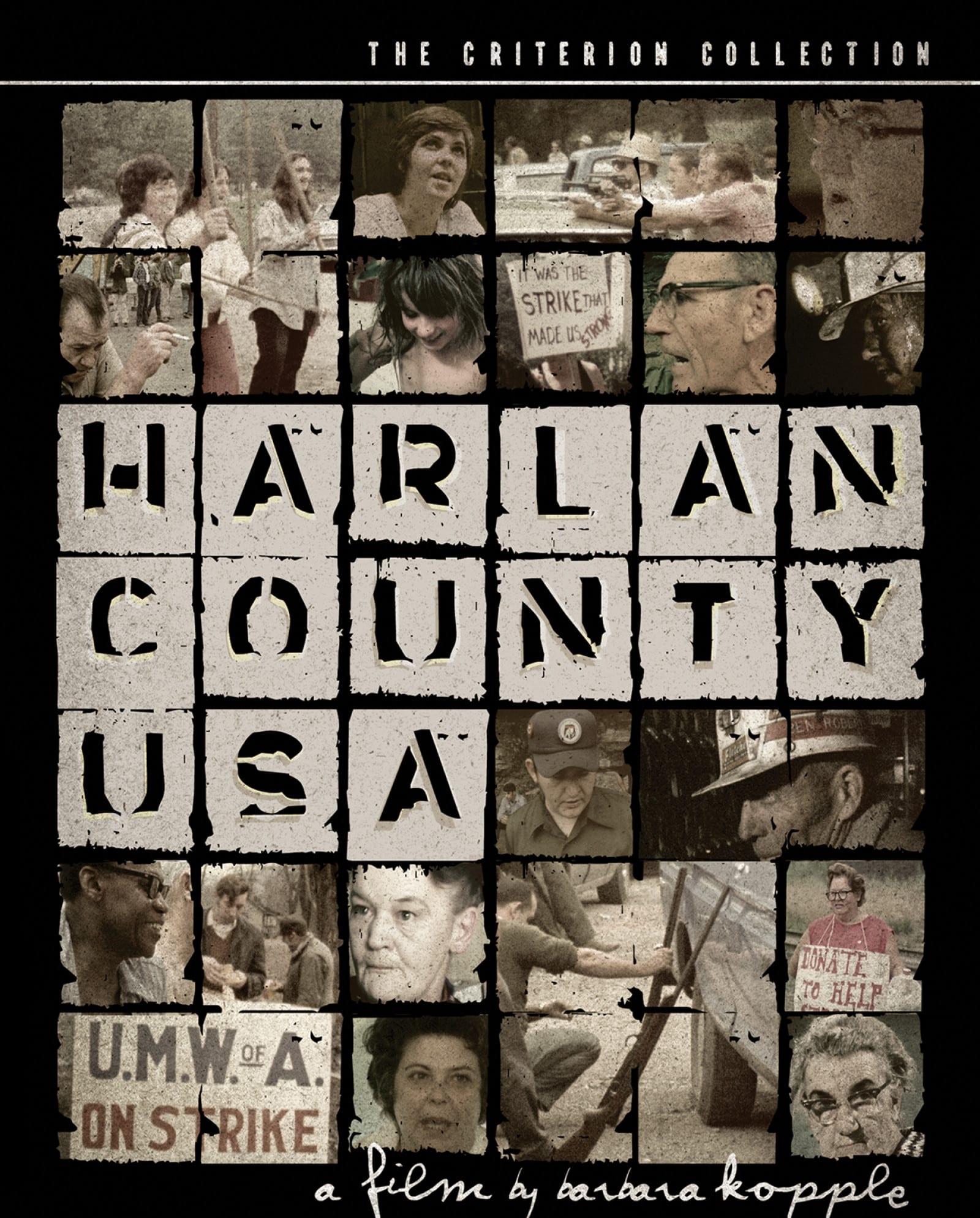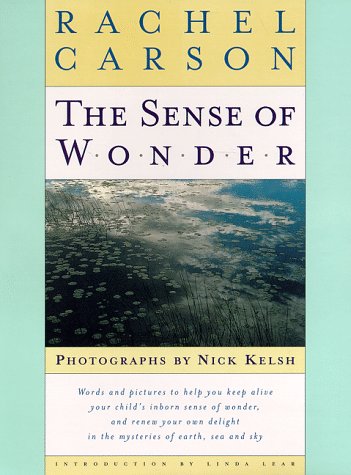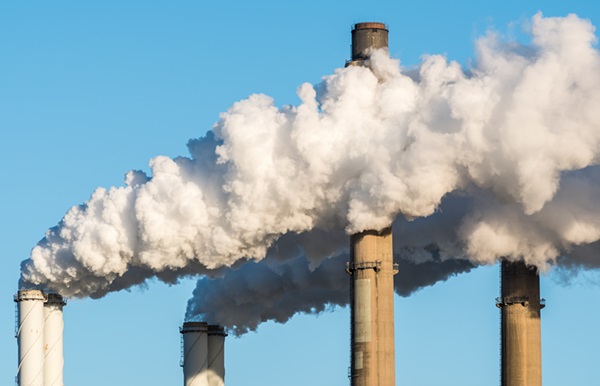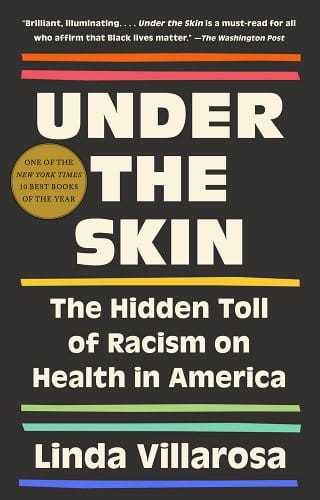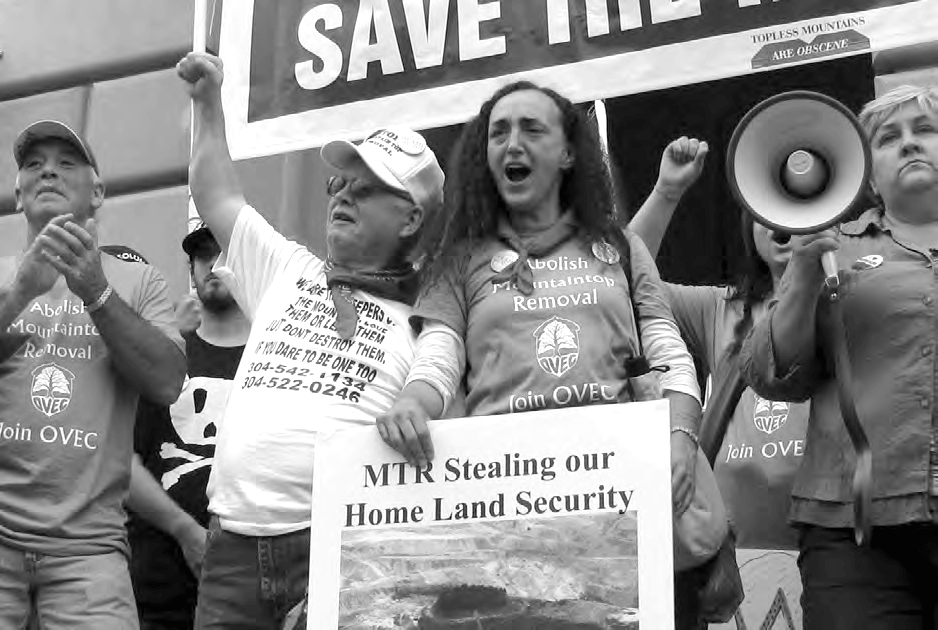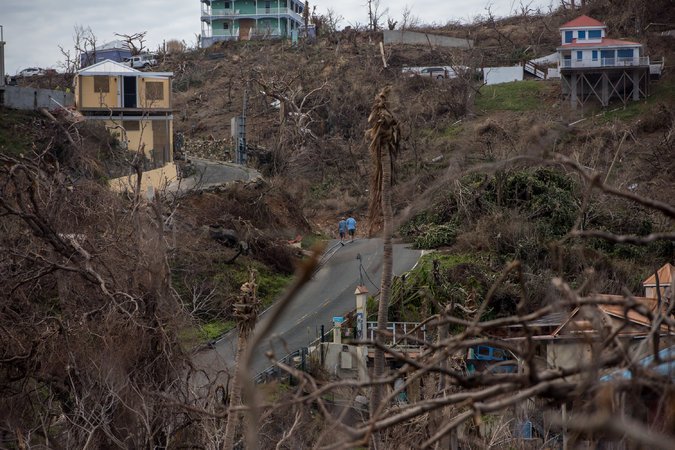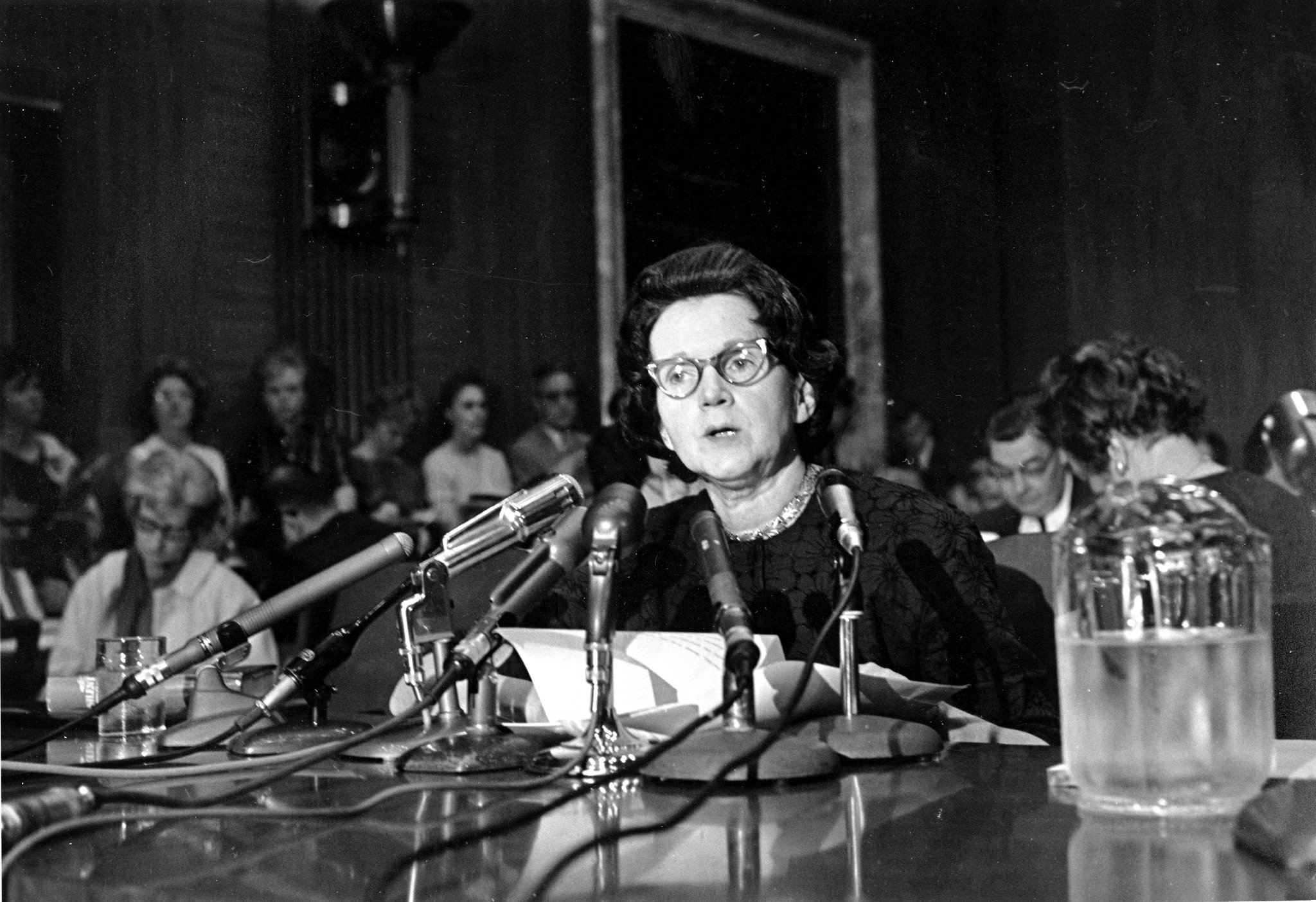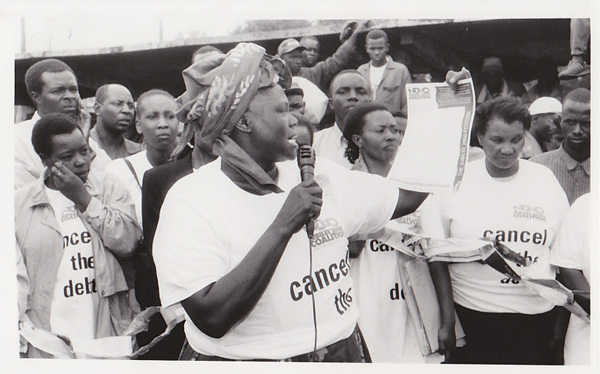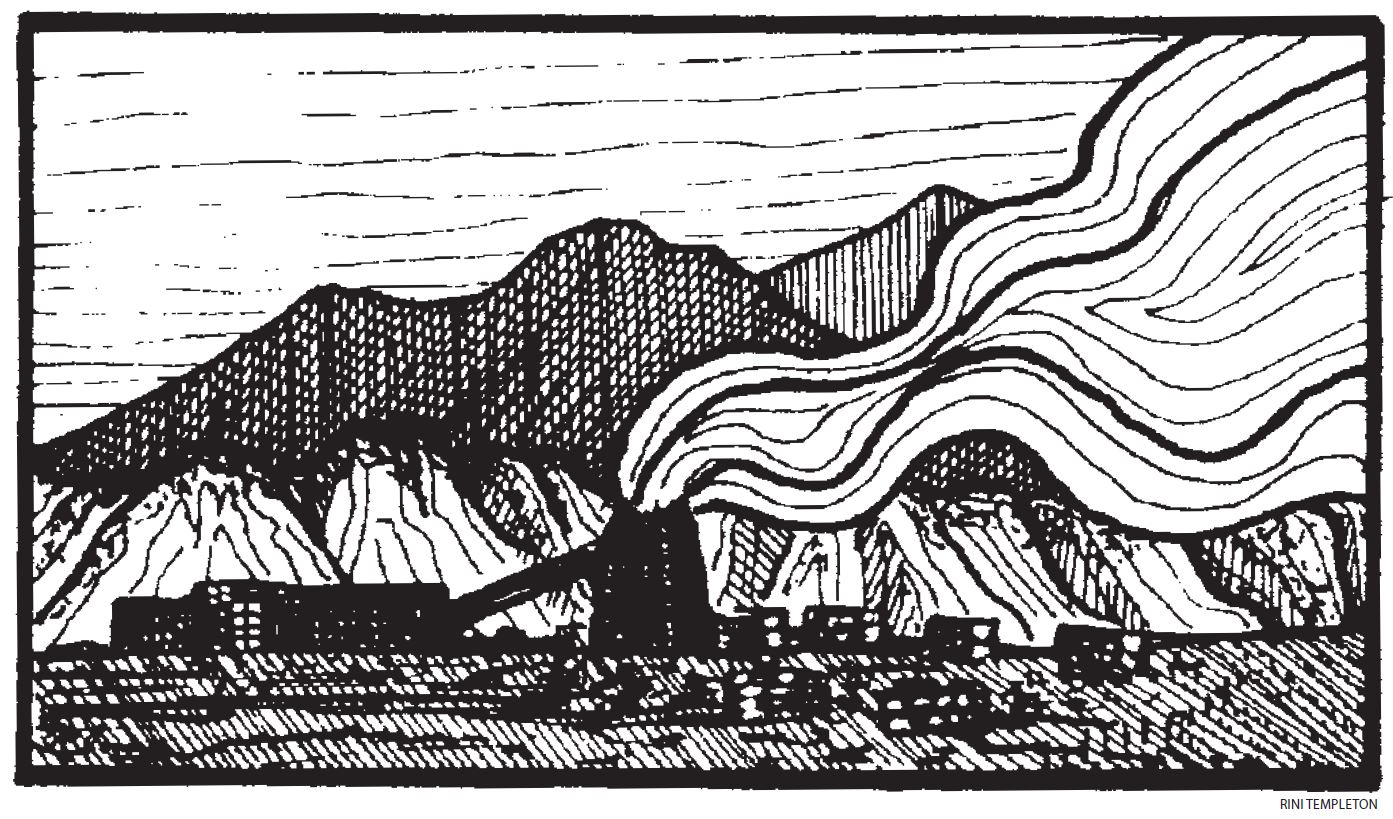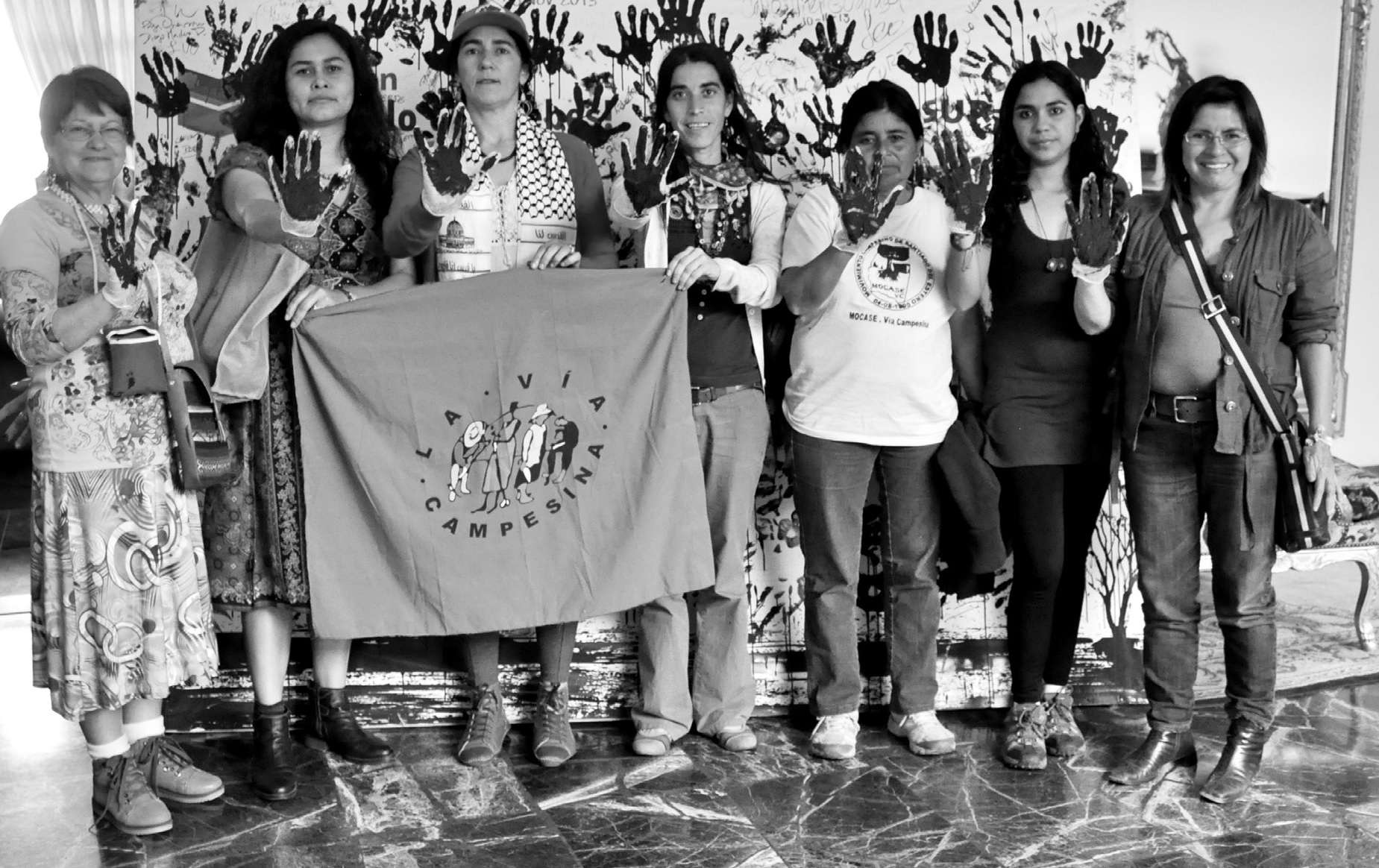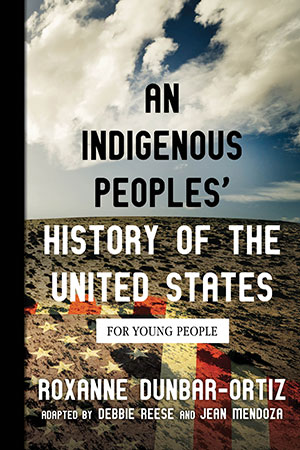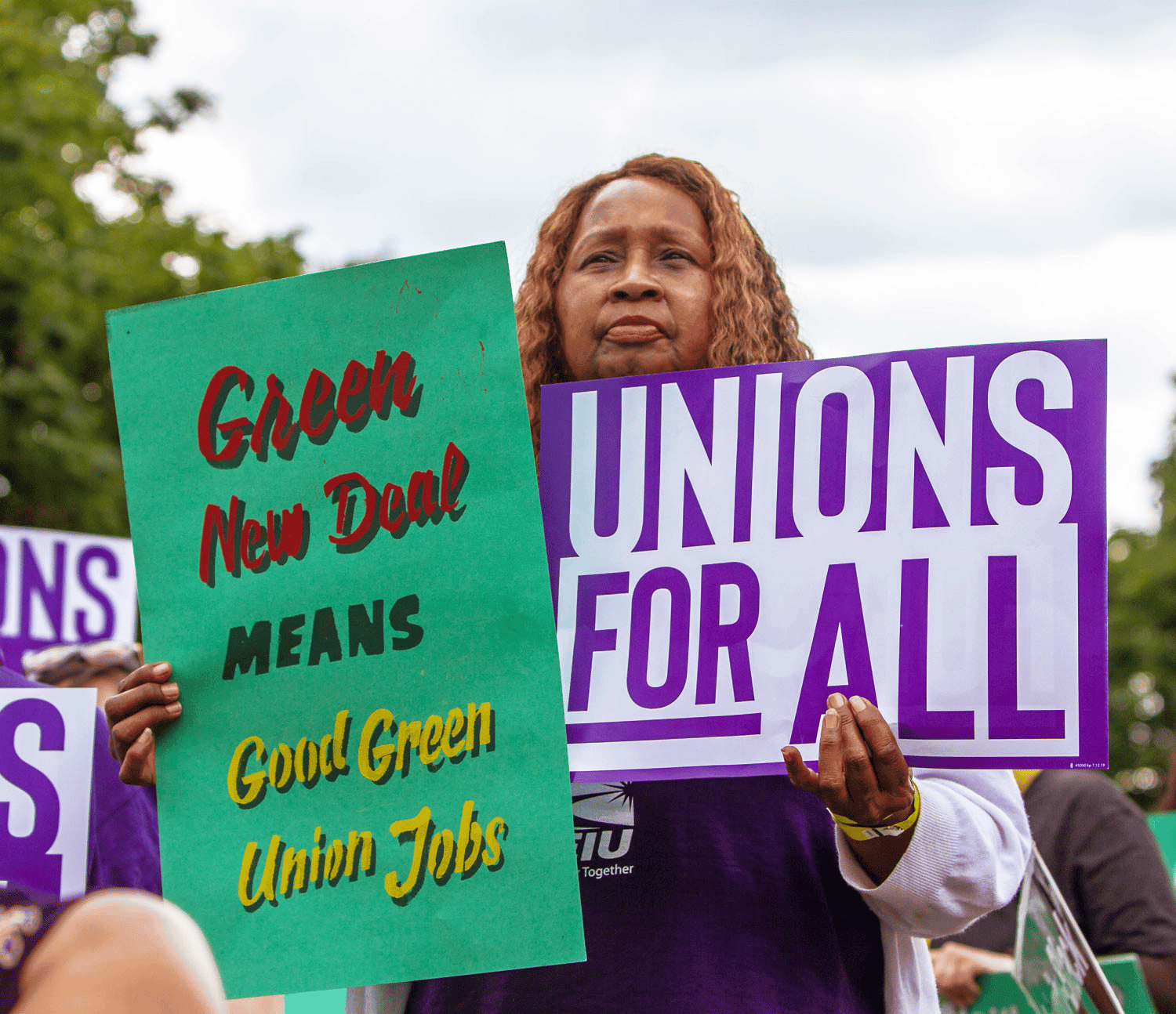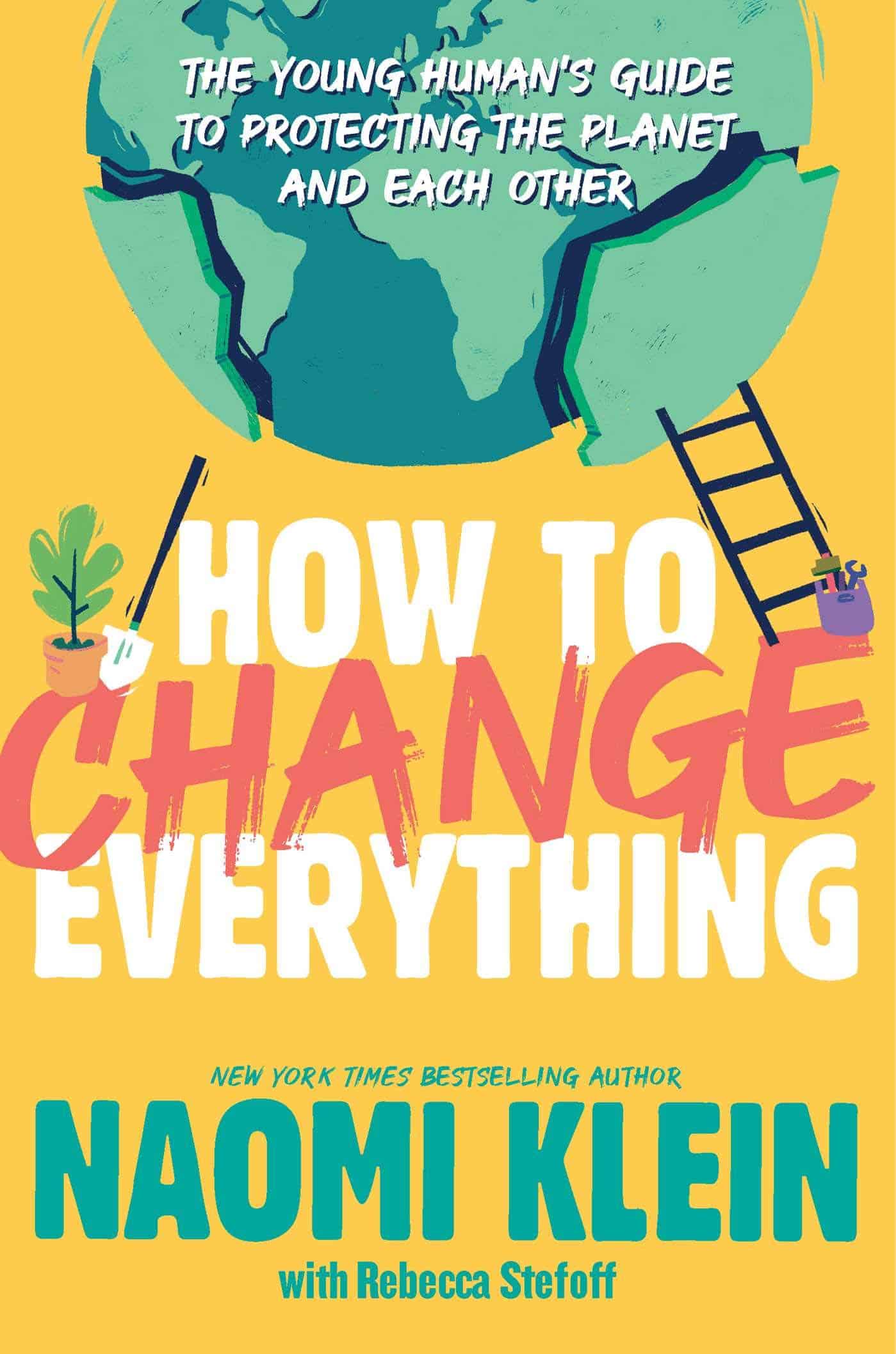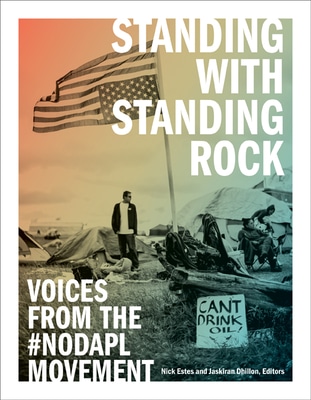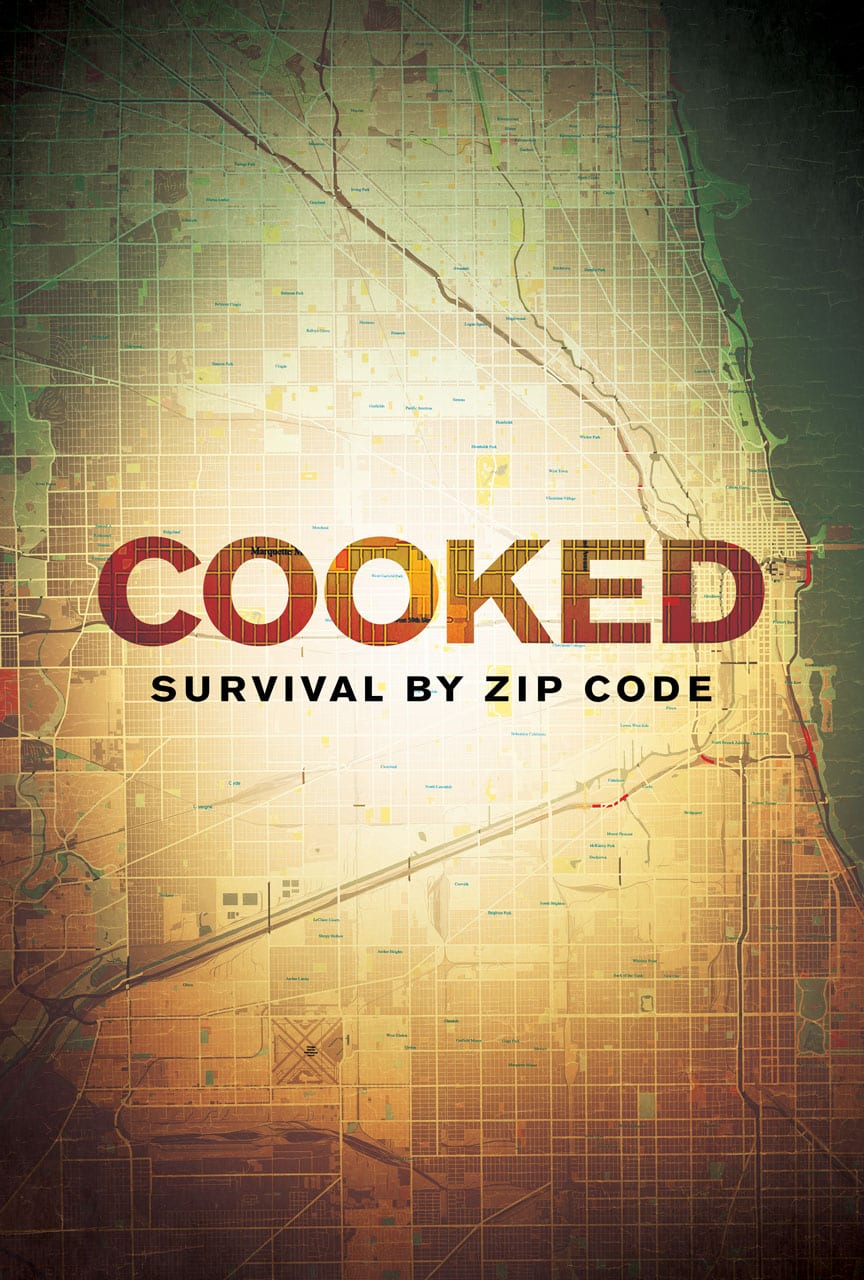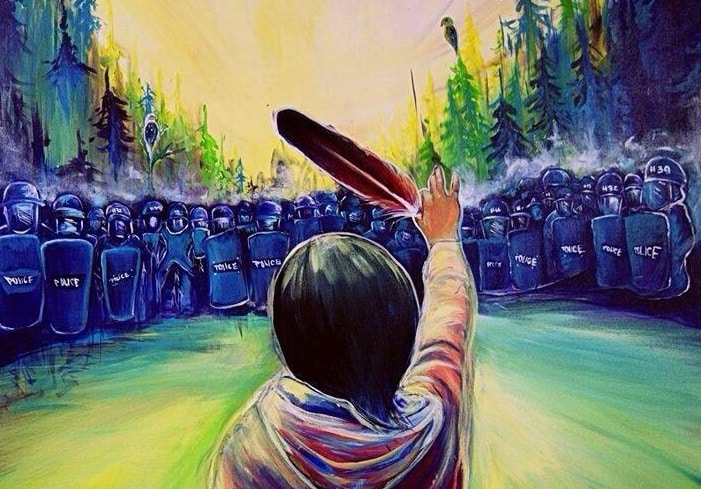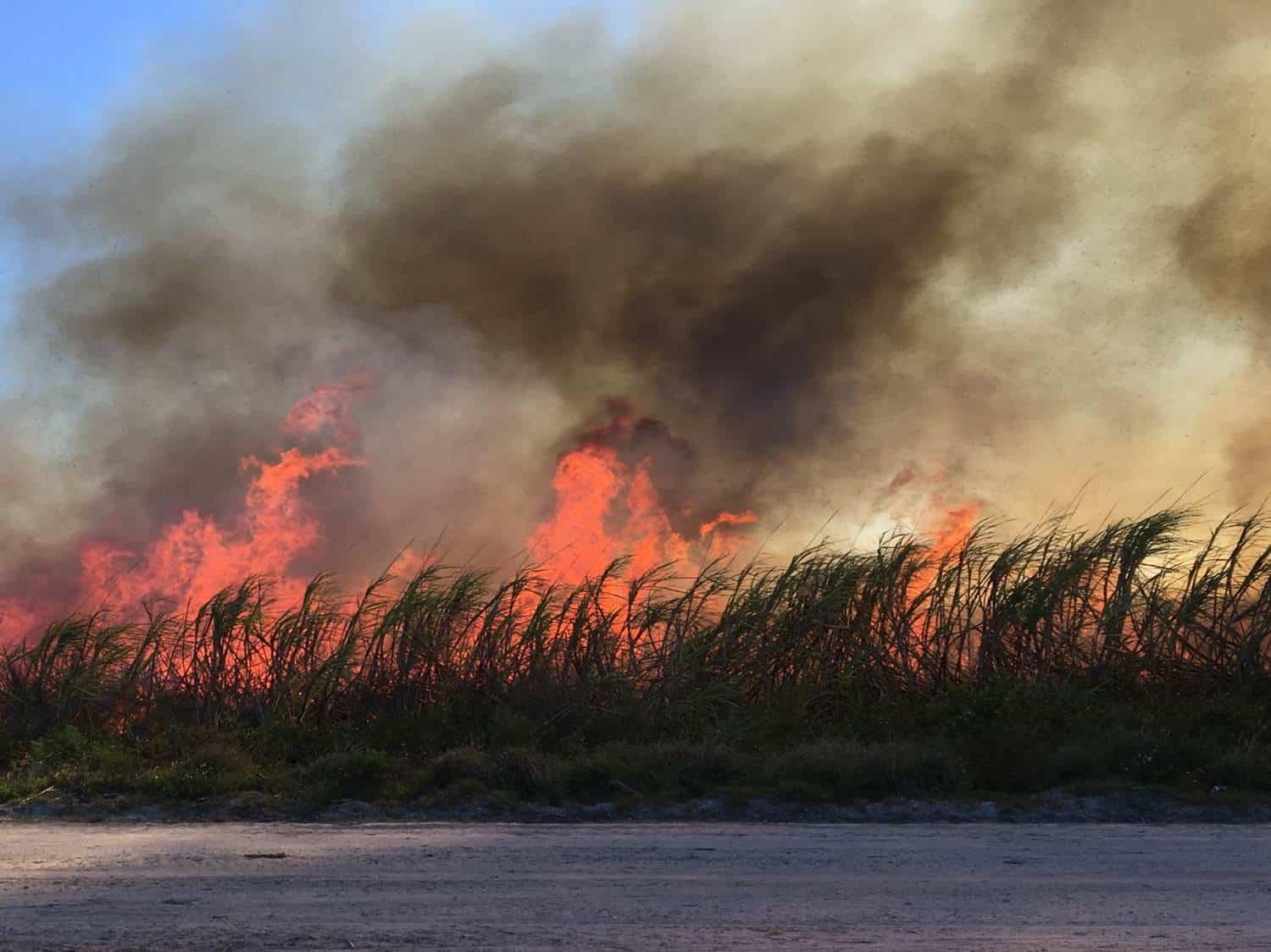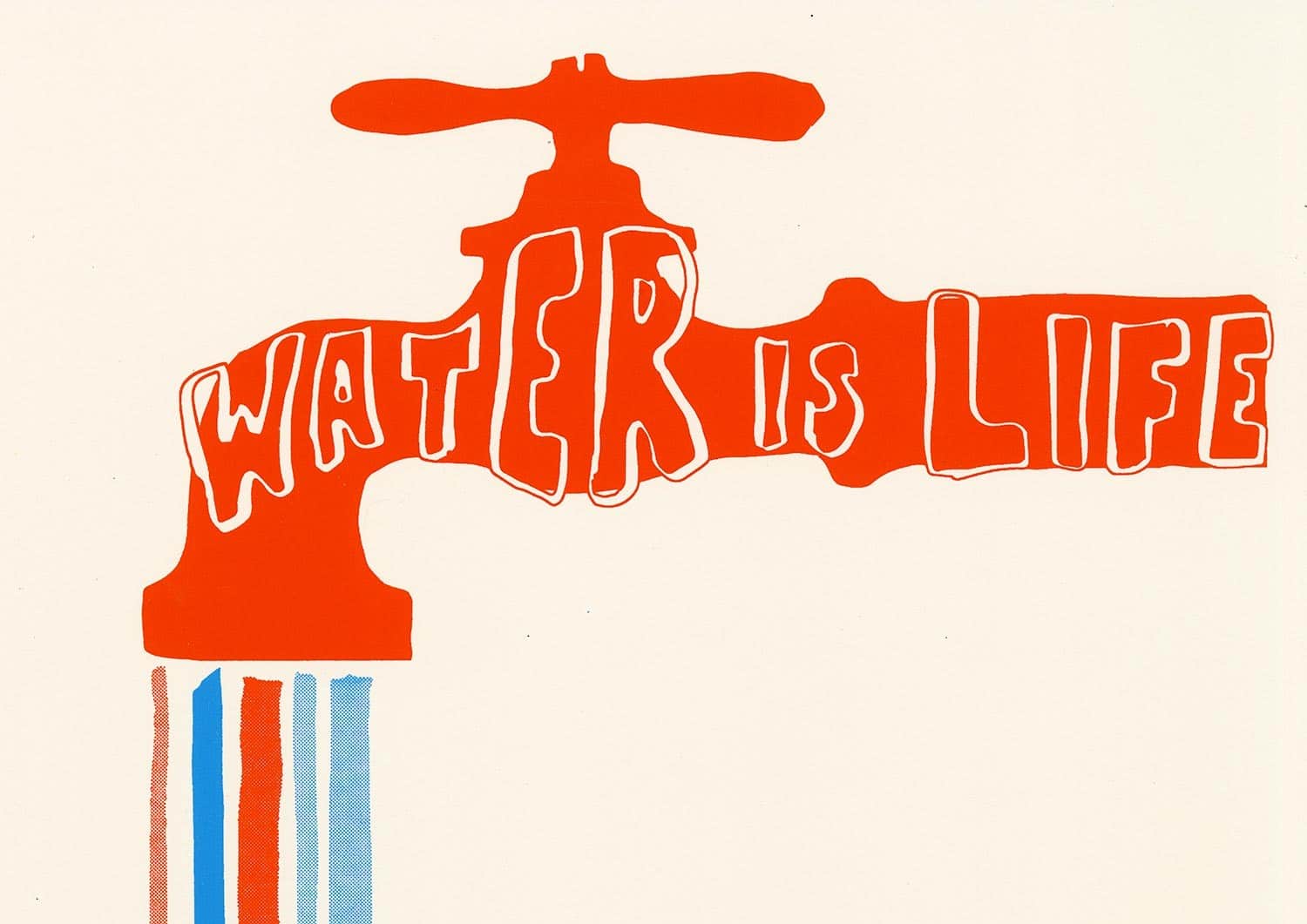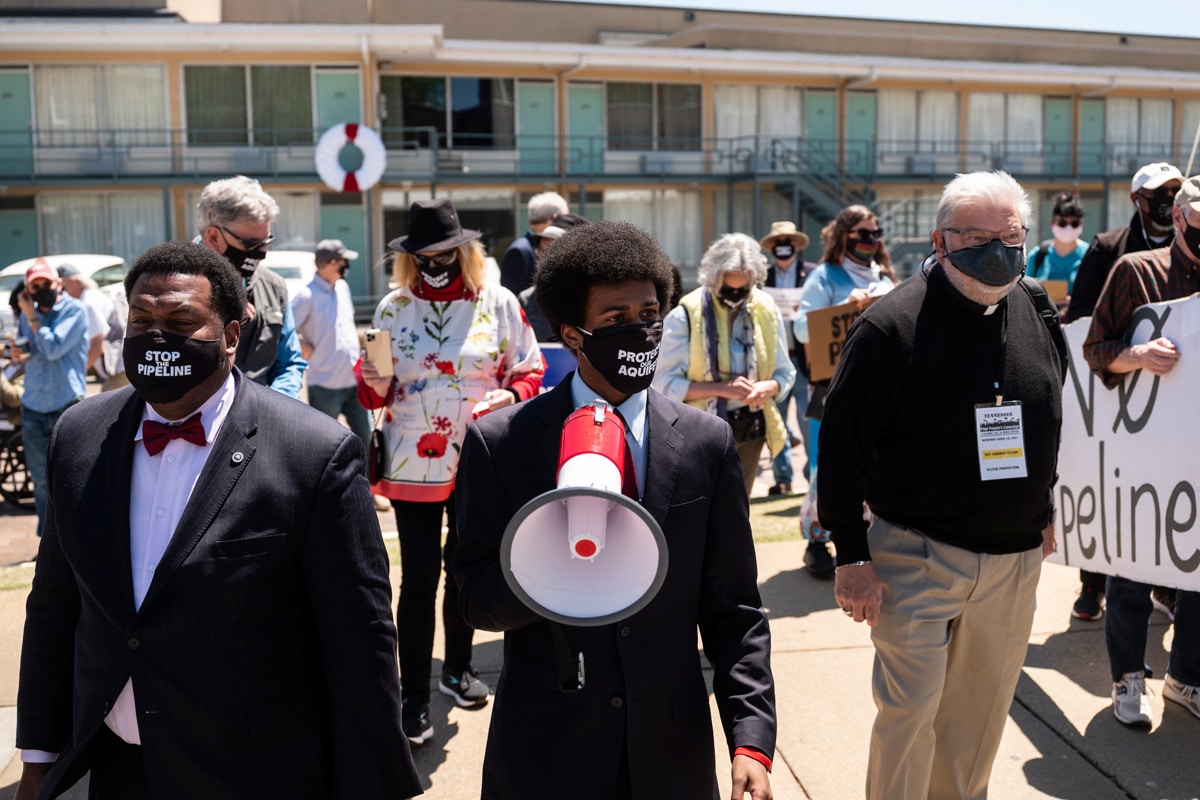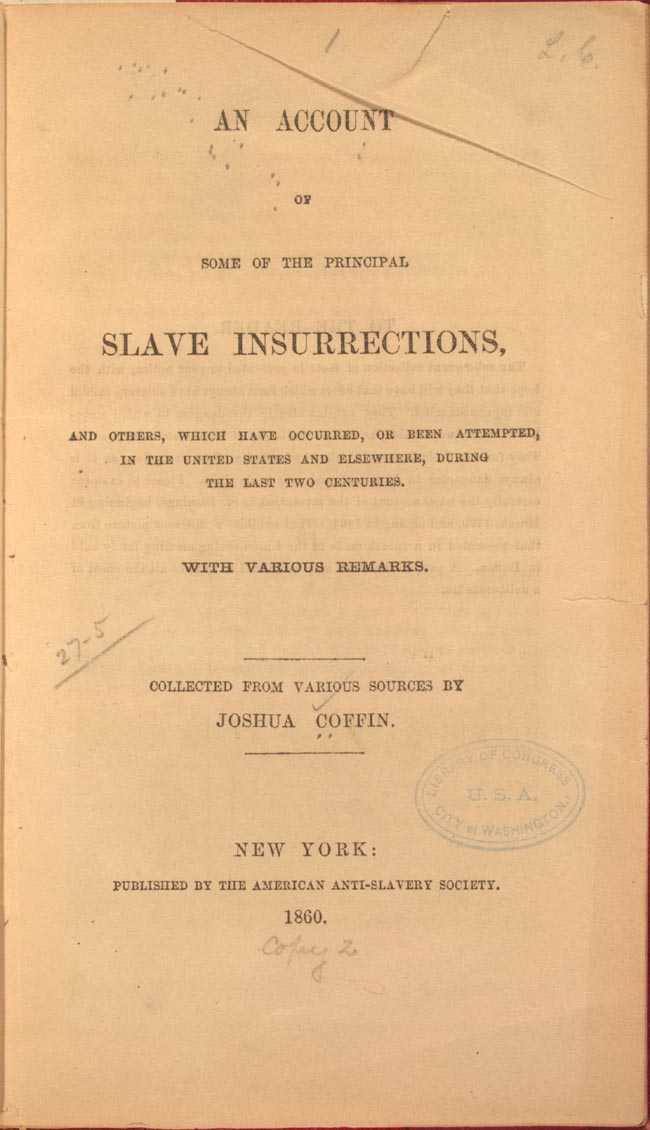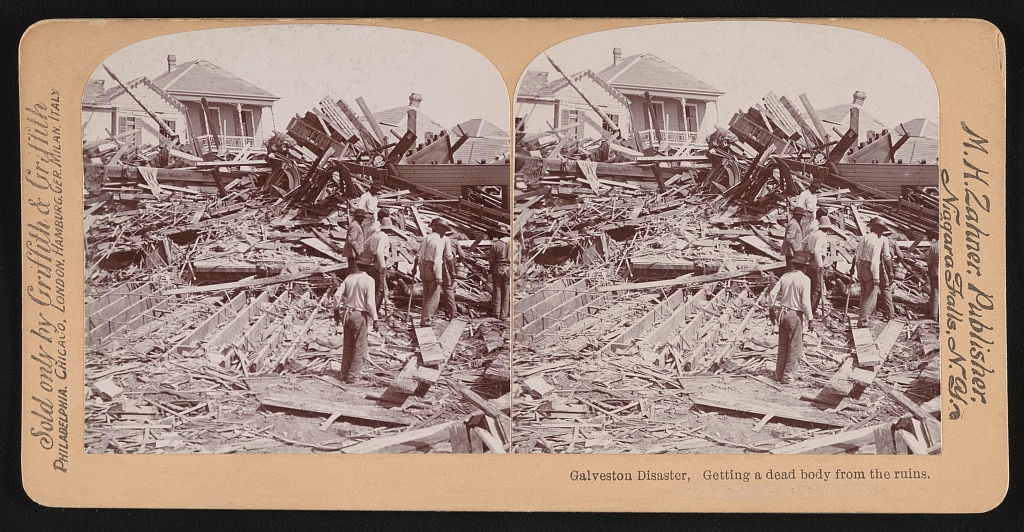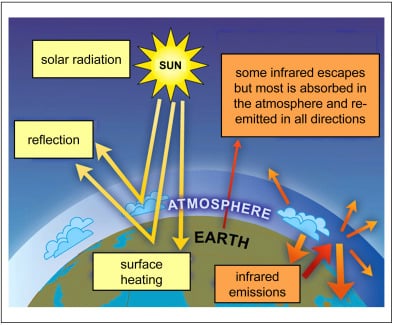Film. Directed and produced by Barbara Kopple. 1976. 103 minutes.
This documentary tells the story of a Kentucky coal miners' strike and the thirteen-month struggle between a community fighting to survive and a corporation dedicated to the bottom line.
Continue reading
Book — Non-fiction. By Rachel Carson. 1998 (originally 1964). 112 pages.
An antidote to indifference and a guide to capturing the simple power of discovery that Carson views as essential to life.
Continue reading
Teaching Activity. By Bill Bigelow. Rethinking Schools.
The Thingamabob Game helps students grasp the essential relationship between climate and capitalism.
Continue reading
Teaching Activity Draft. By Matt Reed and Tim Swinehart. 2019.
Students learn the names and stories of dozens of climate justice activists.
Continue reading
Book — Non-fiction. By Linda Villarosa. 2023. 288 pages.
This book details racial health disparities in the United States.
Teaching Activity by Linda Villarosa
Continue reading
Teaching Activity. By Bill Bigelow. Rethinking Schools. 15 pages.
Using chocolate chip cookie "mining," this lively activity takes a critical look at how the coal industry teaches the impact of coal mining.
Continue reading
Profile.
Overview and related resources about Honduran environmental activist Berta Cáceres.
Continue reading
The Virgin Islands were hit by Hurricane Irma. Also, on #tdih in 1928, Hurricane Okeechobee formed and hit Puerto Rico and Florida soon in mid-September.
Continue reading
Wangari Maathai was awarded the Nobel Peace Prize for her work on the environment and founded the Greenbelt Movement.
Continue reading
Teaching Activity. By Bill Bigelow. Rethinking Schools.
A role play introduces students to 23 individuals around the world — each of whom is affected differently by climate change.
Continue reading
Teaching Activity. By Bill Bigelow, Chris Buehler, Julie Treick O'Neill, and Tim Swinehart. Rethinking Schools.
This role play invites students to take on identities of La Vía Campesina activists around the world, to compare/contrast circumstances in order to discover the common goal of “food sovereignty.”
Continue reading
Book — Non-fiction. By Roxanne Dunbar-Ortiz; adapted by Debbie Reese and Jean Mendoza. 2019. 244 pages.
The original academic text is fully adapted by renowned curriculum experts Debbie Reese and Jean Mendoza, for middle-grade and young adult readers.
Continue reading
Teaching Activity. By Suzanna Kassouf, Matt Reed, Tim Swinehart, Ursula Wolfe-Rocca, and Bill Bigelow.
The stories of twenty people whose lives were touched by the New Deal of the 1930s come to life in this classroom activity, intended to open students' minds to the possibilities of a Green New Deal.
Continue reading
Book — Non-fiction. By Naomi Klein and Rebecca Stefoff. 2021.
Young leaders are showing the world that this moment of increasingly dangerous climate change is also a moment of great opportunity — an opportunity to change everything for the better.
Continue reading
Book — Non-fiction. Edited by Nick Estes and Jaskiran Dhillon. 2019. 448 pages.
Through poetry and prose, essays, photography, interviews, and polemical interventions, the contributors, including leaders of the Standing Rock movement, reflect on Indigenous history and politics and on the movement's significance.
Teaching Activity by Nick Estes (editor)
Continue reading
Film. Directed by Judith Helfand. 2020. 54 minutes.
This documentary focuses on Chicago’s heat wave to look at how a weeklong tragedy is really a story about the “slow-motion disaster” caused by race and class inequality.
Continue reading
A coalition of groups set up a series of road blockades preventing gas exploration in New Brunswick, Canada.
Continue reading
The Sierra Club launched the Stop Sugar Field Burning Campaign to bring an end to the practice of sugarcane field burning which is harmful to the environmental and the health of local residents.
Continue reading
Teaching Activity. By Matt Reed and Ursula Wolfe-Rocca. Rethinking Schools.
A mixer activity, inspired by the 2016 Democracy Now! documentary Thirsty for Democracy, introduces students to the struggle of residents to access safe water for drinking, cooking, and bathing in the majority-Black cities of Flint, Michigan; Jackson, Mississippi; and Newark, New Jersey.
Continue reading
Due to overwhelming opposition from activists and community members, construction of the Byhalia Connection oil pipeline in greater Memphis, Tennessee was canceled by its developers, Plains All American Pipeline.
Continue reading
Enslaved people on a Santo Domingo sugar plantation owned by the son of Christopher Columbus attempted to free themselves and take over the land in the earliest recorded slave uprising in the Americas.
Continue reading
U.S. scientist and women’s rights activist Eunice Newton Foote confirmed Fourier’s theory that atmospheric gases like carbon dioxide trap heat in the atmosphere, a phenomenon that would come to be known as the “greenhouse effect.”
Continue reading
An unexpected hurricane crashed into the Gulf Coast and devastated Galveston, Texas, leaving thousands of people dead and even more left houseless. The storm’s turmoil and destruction allowed white terror and fraud to flourish.
Continue reading
Swedish chemist Svante Arrhenius calculated that burning fossil fuels (coal) will, over time, lead to a hotter Earth. His findings led the way for the emergence of modern climate science and a better understanding of the greenhouse effect.
Continue reading

